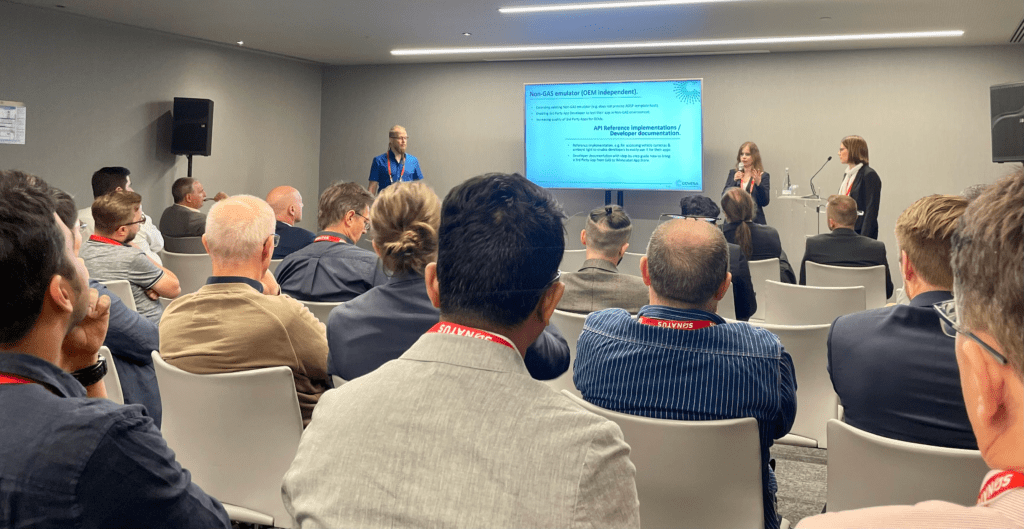Juhani Lehtimäki, an experienced app developer and CEO of the infotainment company Snapp Automotive comments on the opportunities and obstacles in building great in-vehicle experiences.
Car manufacturers want to offer good user experiences and infotainment is becoming a big topic. Juhani Lehtimäki is the CEO of Snapp Automotive with a background in the app world, extensive Android experience, and years of consulting at automotive companies. Hear Juhani explain why it is important to integrate with mobile devices and simplify in-car experiences.
In the app world, everyone knows that the quality of a mobile app corresponds to the number of iterations throughout development. In comparison, software development in automotive is massively chaotic. All automotive OEMs struggle on the inside to remove friction and their developers struggle with not being able to evaluate their progress at every step of the development. There is a lot of change resistance to cope with in automotive too. The ongoing shift shows that automotive companies are realizing they need more flexibility and early testing including new platforms such as Android Automotive but all the changes combined have also added further confusion.
Although the infotainment system is not the main reason to buy a particular car, it will be the cause not to buy a car. The automotive companies all know they need to mature and improve quickly since people will no longer accept a bad user experience, and they benchmark the car’s infotainment with the experiences on their phones. To date most car manufacturers don’t understand the entire ecosystem and development arena that comes with Android Automotive (AAOS) – it is not just an app system. Car manufacturers need to leverage a network of partners and ready-made components to reduce development costs and time-to-market.
Car manufacturers need to understand that cars are tools, the focus should be highly contextual experiences like maps and weather. From the user’s perspective, the phone should be the central piece, and the car an extension. The car is part of our lives but not central. A car on the road plays music and tells you where to go – when it stops you never stay inside. The key is to build the whole experience in one go, with features pulled into the phone. Understanding context is crucial, such as who is in the car, the battery charge, and the destination. Most apps don’t need to be in the car – OK when the car is parked, it can be a tablet on wheels too. However, car settings are preferably adjusted at home, on the couch, for a better user experience. Meanwhile, there can be massive wins to exposing the car data into the infotainment system.
An example of contextual focus in automotive infotainment i.e. the in-car interface focuses on key driving features while other features are extended in the companion app Source: Snapp Automotive.
The main challenge is to build proactive learning engines that can understand contextual situations and make sense to users in the end. Infotainment systems that are too much backed into the car which make it less user-friendly than pocket devices. Car manufacturers need to be able to work more according to how software is built in more software-mature industries. I’ve had a first look into the RemotiveBroker and I see three key areas where RemotiveLabs can make a difference:

Juhani Lehtimäki on stage during an Automotive AOSP App Framework Standardization session together with Melina Mascolo (BMW Group) and Camille Ghibaudo (Faurecia Clarion Electronics) during the COVESA All Members Meeting in April 2023.